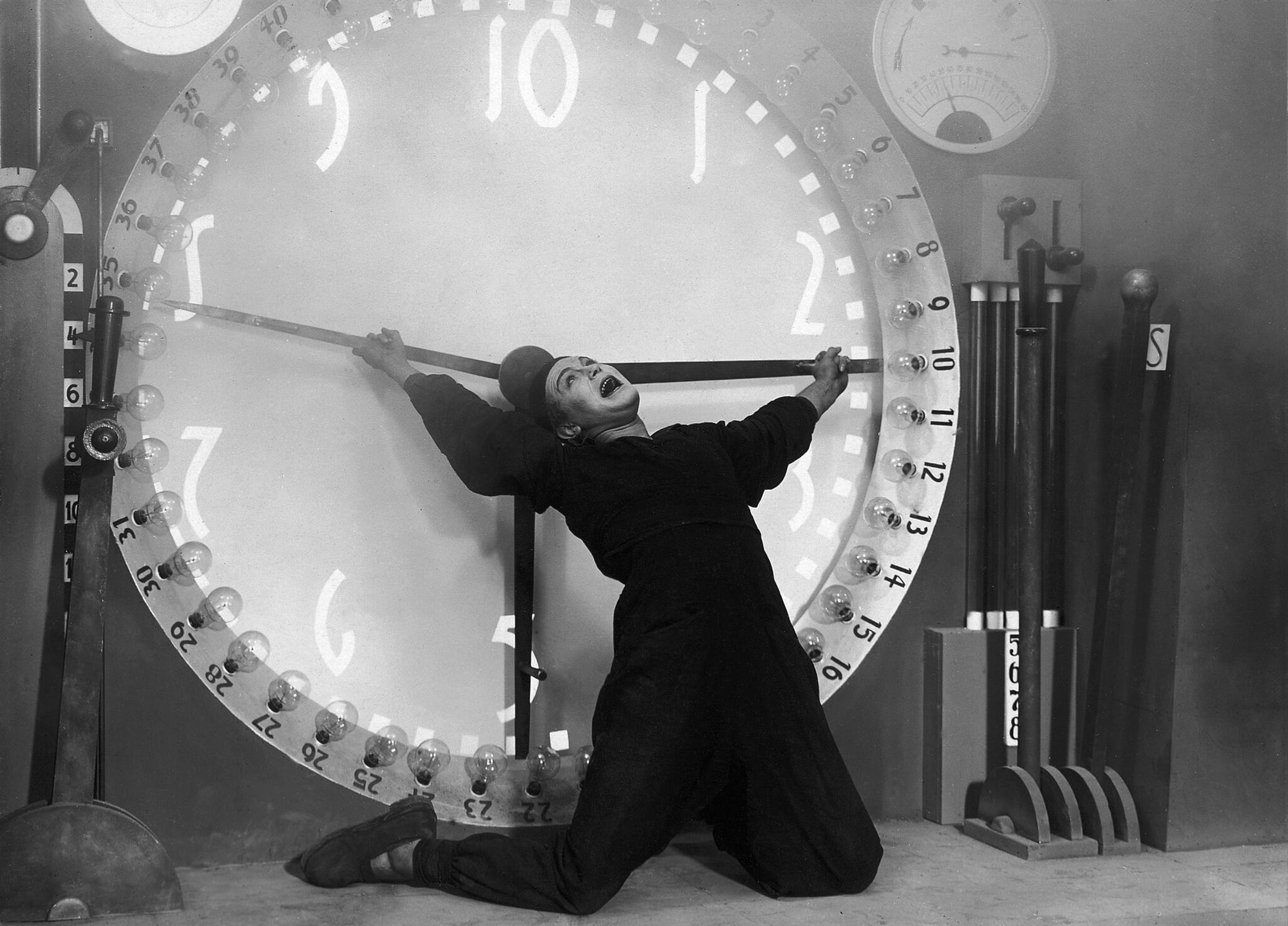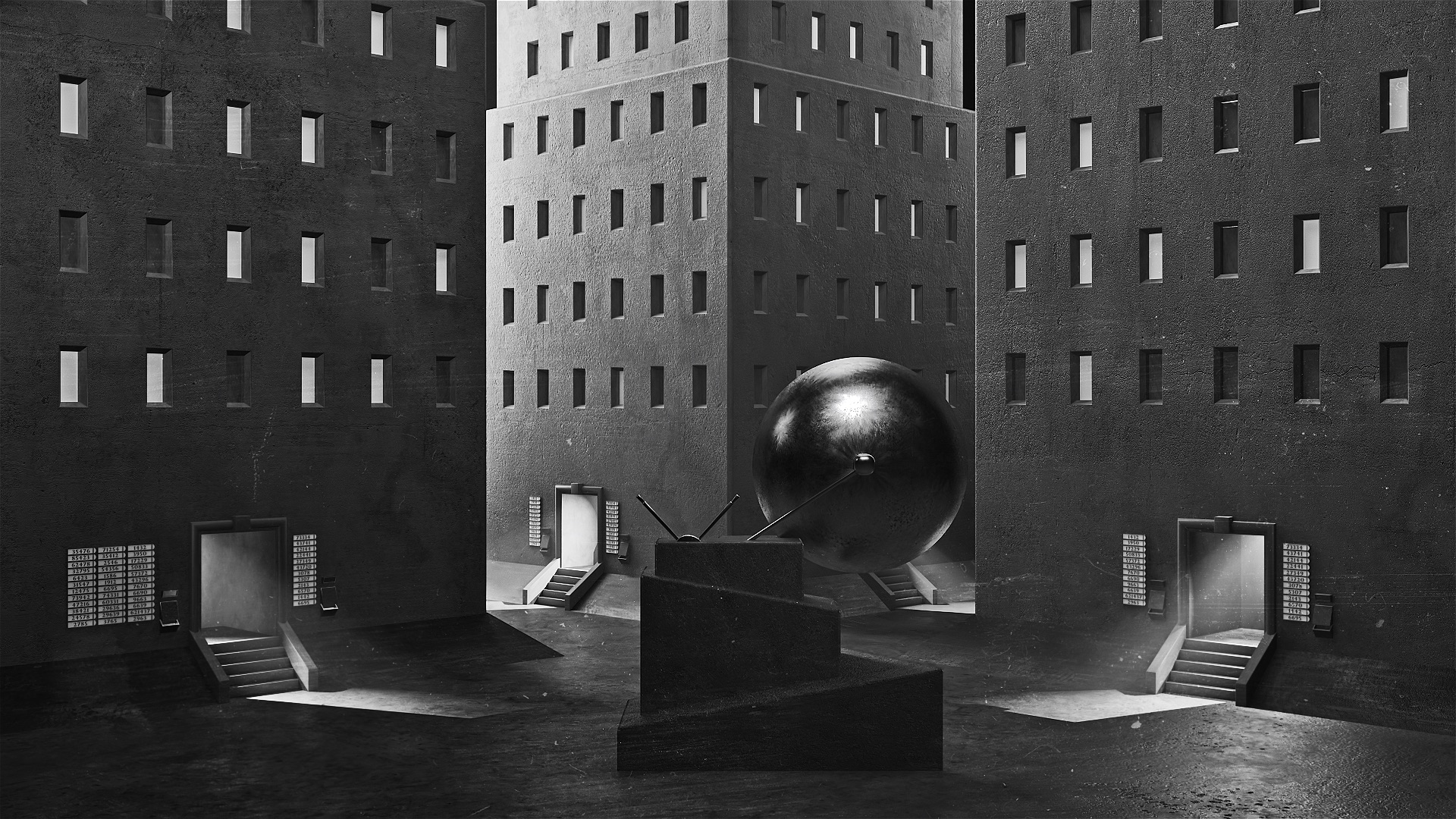
Based on the allegory of the “upper” and “lower” worlds and the dipole of darkness and light, the “metropolis” survives thanks to the “damned” living underground, a mesmerized army of workers who bow their heads and work exhaustingly for ten hours a day. days, take care of the machines, and they keep them running, rhythmic and healthy.
Like any great city, it is full of contrasts and inconsistencies, and although it rises vertically to the sky, it hides a dark copy underground, a criminal secret that is its Achilles’ heel. For this delicate balance to end, the “hands” of the underworld and the “mind” of the overworld must find an “intermediate link”. The filmmakers suggest that it should be “heart”. The city that Lang created was a reflection of Manhattan, which he visited shortly before filming began. Manhattan, with its thousands of luminous windows, its unbridled giant looking up to the clouds, its frenzied dynamism and the endless flow of its streets, are all signs of the city’s impetuous power and symbols of the interwar avant-garde and optimism.
“Metropolis” by Fritz Lang is a film about the first modern city of the last century, depressive and desperate at the same time, the first city in which Western civilization dreamed of the future.
Aesthetics of the era
His influence is impressive: Blade Runner, Star Wars, Kraftwerk, Queen and Freddie Mercury, Giorgio Moroder, Alfred Hitchcock and others.
In this urban climate, the aesthetic trends and styles of the era are at the forefront of action: a brave new world of the elite shines in the sparkling swagger of the Art Deco movement, while underground lives a dystopian kingdom steeped in industrial aesthetics. There, sirens whistle for the beginning and end of the day, and countless clocks and timers mark the movements of workers like metronomes.
The influence of “Metropolis” on the further history of cinema (and art in general) is impressive: “replicas” of “Blade Runner” and C3PO “Star Wars” owe their existence to the famous “robot” of the film and the four members of Kraftwerk resemble workers who, in turn, , move mechanically with a hidden, haunting theatricality reminiscent of contemporary dance performances. At the same time, the symphonic score of Bernd Schultheis synchronously accompanies each development of events on the screen, as in an opera performance. “Metropolis” looked to the future and was rooted in European melodrama, and its influence reached the pop music of the 80s.
Scenes of it have been found in music videos by Queen and Freddie Mercury, and electronic music pioneer Giorgio Moroder made a new version of it in 1981, which he covered with hits of the time. And while he did not create a new masterpiece, it is remarkable that these “new sounds” of the 80s do not seem out of place at all, acoustically covering the film’s painted scenes.
Filming techniques were also innovative, from the innovative use of the camera to special effects, which, in fact, had to be invented in an era that simply … did not exist. They were so influential that they even left their mark on the films of Alfred Hitchcock. The power of Fritz Lang’s images was such that the Nazis asked him to film them for their propaganda films. But he fled to America.
According to Pulitzer Prize-winning American film critic Roger Ebert, Metropolis is one of the greatest achievements of the silent film era, a work so bold in its vision and so poignant in its message that today it seems even more powerful than ever. that was done.’



Source: Kathimerini
Joseph Wages is an entertainment journalist, known for his unique and engaging writing style. He currently works at 247 News Reel, where he covers the latest in entertainment news and provides in-depth analysis on the film, television, and music industries. With a keen eye for detail and a love for all things entertainment, Joseph’s writing is both informative and entertaining. Follow Joseph for the latest entertainment industry updates and behind-the-scenes insights.